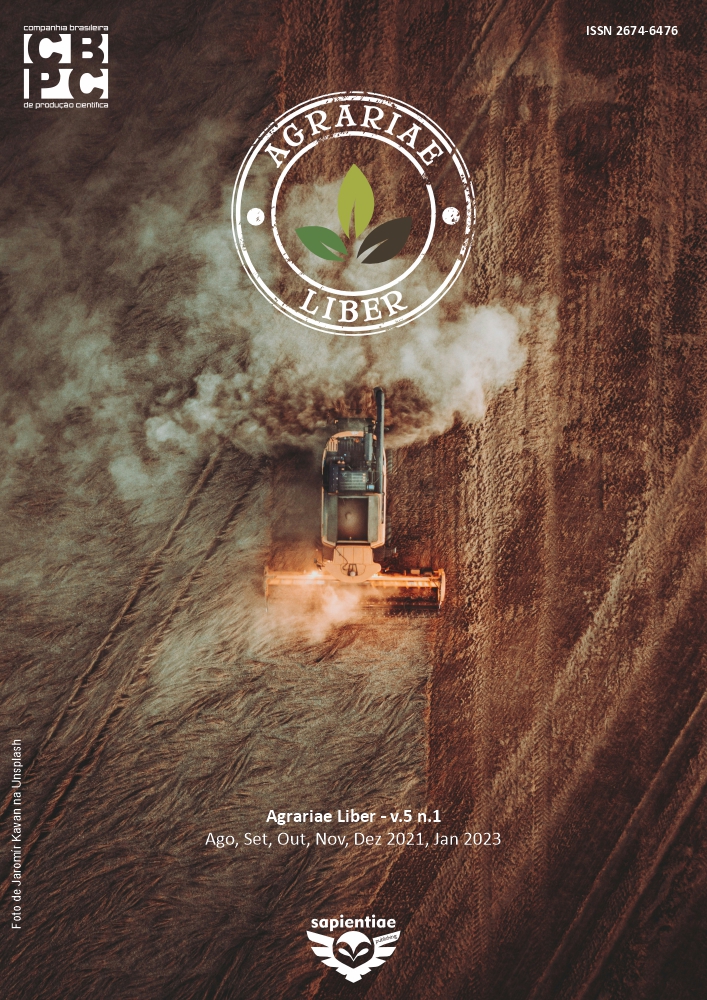Bioinoculants in integrated system of sorghum and paiaguás grass in the semi-arid region: in silico and phenotypic evidence
DOI:
https://doi.org/10.6008/CBPC2237-9290.2023.001.0003%20Keywords:
Bioinformatics, Protein interaction networks, Azospirillum, Bacillus, Sorghum bicolorAbstract
The objective of the present study was to seek evidence of the performance of Biomaphos® and Azotrop® bioinoculants in the development of sorghum, through bioinformatic analysis, and finally, to know the response of sorghum, integrated with paiaguás grass, to commercial bioinoculants combined with different doses of chemical fertilization under rainfed conditions. For this, the online platforms STRING and STITCH were used to create protein interaction networks and chemical-protein interaction networks, respectively. Then, a study was designed in randomized blocks, with 2 replications, using the BRS Ponta Negra sorghum hybrid and paiaguás grass, and treatments with Biomaphos® and Azotrop® bioinoculants (0.2g of each product for 20g of sorghum seeds) alone or combined and associated with different fertilization doses. The following agronomic characteristics were evaluated: plant height, plant population, stem diameter and influence of pests and diseases. At the time of sorghum harvest, the fresh and dry biomass of the aerial part was quantified and the sorghum productivity was calculated using the rapid method. In the protein interaction networks produced from the input molecule await, the presence of proteins not yet characterized in the sorghum network can be observed, such as Sb05g010020.1 and Sb09g020710.1. In the protein network of Azospirilum brasilense, the ATPase proteins that export cations (fixI), dehydrogenase - subunit A (fdhA) and iron protein nitrogenase (nifH) stand out. Finally, even if in a less expressive way, microorganisms of the genus Bacillus can act in the fixation of what remains through different proteins. The protein interaction networks of the different species, formed from the molecule, also met proteins not yet characteristic in sorghum. In Azospirillum brasilense, the ppnK protein appears at the center of the network interconnecting a large number of lists. In Bacillus subtilis, the protein with the highest number of connections in the network is ppnK1. In the Bacillus megaterium protein network, the BMQ_0729 protein stands out. In the results obtained in the phenotypic analyses, it was not possible to observe the effect of bioinoculants on the performance of sorghum planted in an integrated system with paiaguás grass. Additional studies are needed to elucidate the effects of bioinoculants on the agronomic characteristics and productivity of sorghum under edaphoclimatic conditions in the Jequitinhonha Valley, since the results obtained in the present work have not yet been conclusive, possibly due to the atypical climatic conditions of the 2021-2022.
Downloads
Downloads
Published
Issue
Section
License
Copyright (c) 2023 Natural Resources

This work is licensed under a Creative Commons Attribution-NonCommercial-NoDerivatives 4.0 International License.
The CBPC - Companhia Brasileira de Produção Científica (Brazil CNPJ: 11.221.422/0001-03) the material rights of the published works. The rights relate to the publication of the work anywhere in the world, including rights to renewals, expansions and dissemination of the contribution, as well as other subsidiary rights. All electronically published works may subsequently be published in printed collections under the coordination of this company and / or its partners. The authors preserve the copyright, but are not allowed to publish the contribution in another medium, printed or digital, in Portuguese or in translation.








